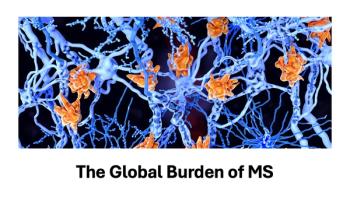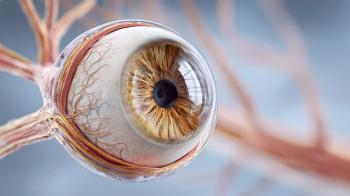
Preventing COVID-19 Transmission: Face Masks, Social Distancing…And Eyeglasses?
A study conducted in China during the early weeks of the pandemic found few eyeglass wearers among hospitalized COVID-19 cases.
The outside surfaces of the eye — the conjunctiva, the limbus, the cornea — are laden with the angiotensin-converting enzyme 2 (ACE2) receptors that the SARS-CoV-2 latches on to enter the human body. Whether the eyes actually serve as an entry point for the virus that causes COVID-19 remains an open question, but it is certainly plausible.
So when a
At the same time, a correlation seen in a single observational study cannot prove causation. And an accompanying editorial cautioned against jumping to a conclusion based on these results.
The study by Weibiao Zeng and colleagues was conducted at Suizhou Zengdu Hospital, a designated COVID-19 treatment hospital about 100 miles northwest of Wuhan, where the pandemic is believed to have started. Of the 276 patients with COVID-19 that were enrolled in the study, only 16 (5.8%) wore eyeglasses for more than eight hours a day, a much lower than eyeglass wearers than the 31.5% in the general population of the province.
“Our main finding was that the patients with COVID-19 who wear eyeglasses for an extended period (>8 h/d) every day were relatively uncommon, which could be preliminary evidence that daily wearers of eyeglasses less susceptible to COVID-19,” wrote Zeng and colleagues.
In the accompanying editorial,
She also noted that the proportion for the comparison group came from a study conducted decades ago in a different part of China.
Still, Maragakis acknowledged the possibility that eyeglasses may serve as a “partial barrier that reduces the inoculum of the virus in manner similar to what has been observed for cloth masks.”
Newsletter
Get the latest industry news, event updates, and more from Managed healthcare Executive.






















































